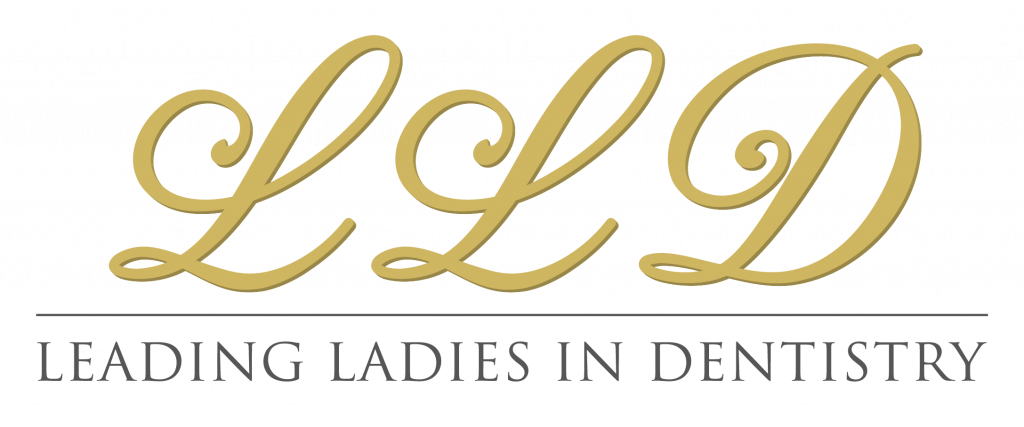Radiation in dentistry is primarily used for diagnostic purposes through radiographic imaging. The use of ionizing radiation in dentistry is generally safe when following appropriate practices and guidelines to minimize exposure to both the patient and the staff.
Here are some of the main uses of radiation in dentistry:
Digital X-ray imaging: This technology allows for digital radiographic images, reducing the overall amount of radiation the patient is exposed to. Digital images are easier to store, share, and manipulate compared to traditional film radiographs. Dental Cone Beam Computed Tomography (CBCT): Dental CBCT provides three-dimensional images of the oral area. This technology is particularly useful for planning complex surgical procedures, such as dental implants, allowing detailed visualization of surrounding anatomical structures. Cephalometric radiographs: These radiographs provide a lateral view of the head and neck, allowing dentists and orthodontists to evaluate craniofacial growth and plan orthodontic treatments. Panoramic radiographs: This type of radiograph offers a panoramic view of the entire dental arch, including teeth, jawbones, temporomandibular joints, and other surrounding structures.
It is important to note that, while extremely useful for diagnosis and treatment planning, ionizing radiation can carry some risks. Therefore, dental professionals follow strict safety protocols to limit patient exposure to radiation. This includes using lead aprons to protect the body from unnecessary radiation and adopting techniques that minimize the radiation dose without compromising the quality of diagnostic images.
Protective Systems in the Dental Office
Dental staff employ various protective systems to limit exposure to ionizing radiation and ensure a safe working environment. Some of the main protective systems include:
Lead vests: Similar to lead aprons, lead vests are garments that protect the upper body, including the chest and abdomen, reducing radiation exposure during radiographic procedures. Lead collars: These devices are placed around the neck to protect the thyroid gland, which is particularly sensitive to radiation. These collars help reduce radiation exposure in the neck area during radiographic procedures. Wall and floor shields: These lead shields are placed along the walls and on the floor of the radiographic room to reduce radiation scatter and protect staff in adjacent areas. Personal dosimetry: Dental staff who regularly work with radiation may wear personal dosimetric devices, such as thermoluminescent dosimeters or film dosimeters, to monitor the amount of radiation they have been exposed to over time. Low-dose technologies: The adoption of modern low-dose radiographic technologies, such as digital radiography, helps reduce exposure to radiation for both patients and staff.
The combined use of these protective systems is essential to ensure that dental staff are protected from the harmful effects of ionizing radiation and that dental practices comply with radiological safety standards.












